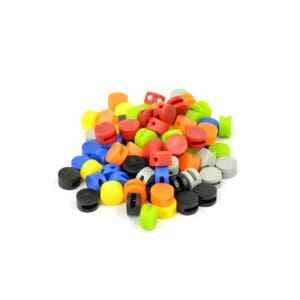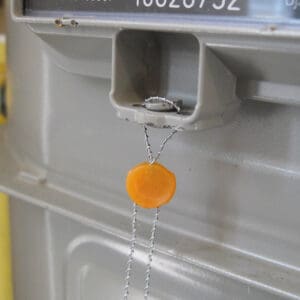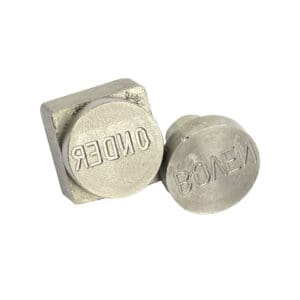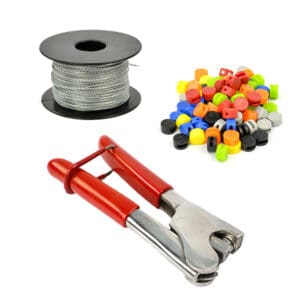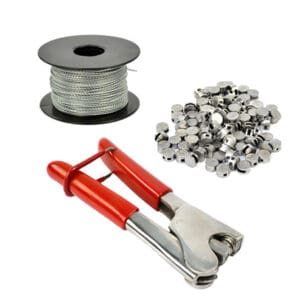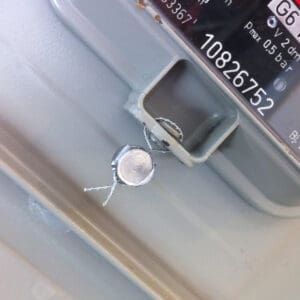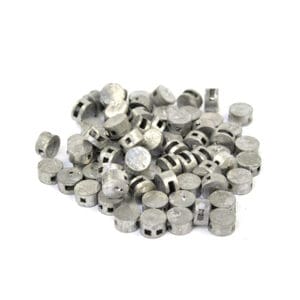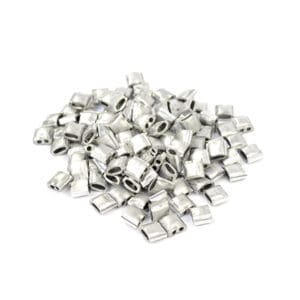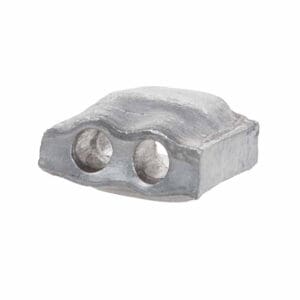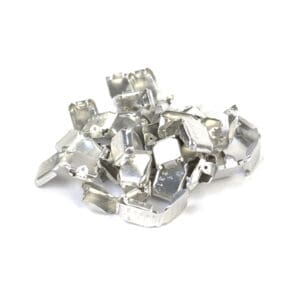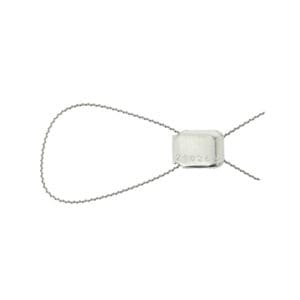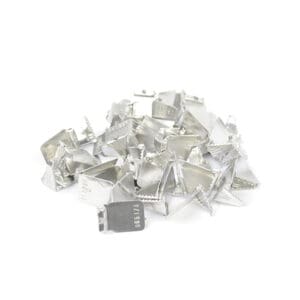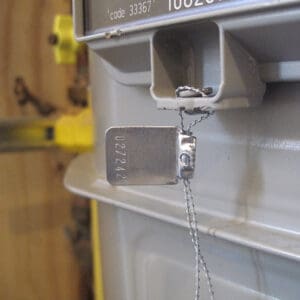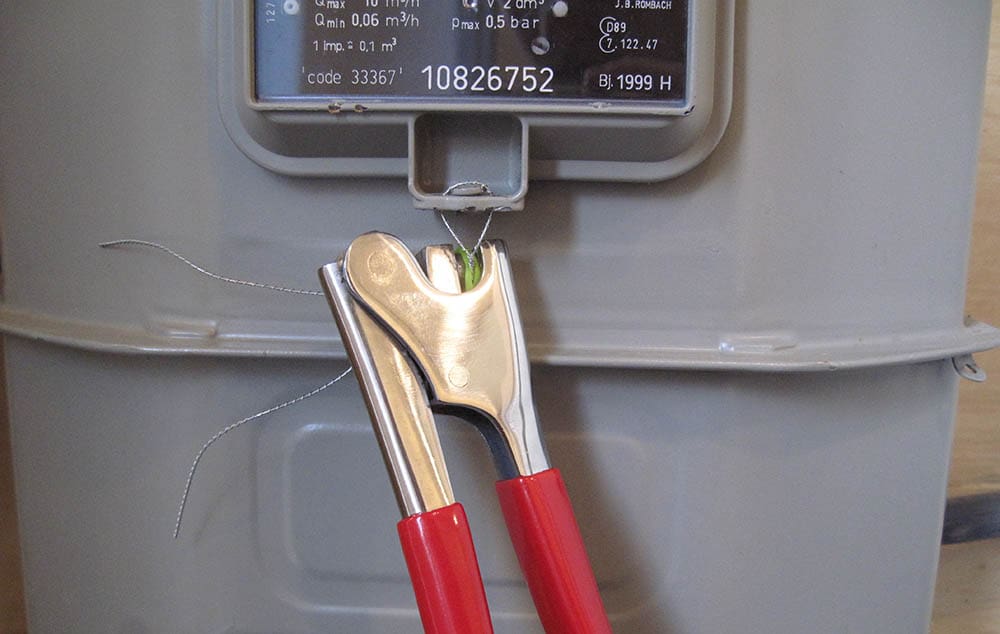
Lead Seals
Sealing with lead seals is done in combination with sealing wire. The lead seals are available in various types, including the traditional lead material and plastic lead seals. A unique seal is created by means of an engraving in a sealing plier.
Lead Seals
Can we advise you?
+31 (0) 10-495 0000
sales@navacqs.com
About lead seals
Sealing with seals is a traditional way of sealing. Sealing with seals is done in combination with matching sealing wire and is sealed with sealing pliers. When the seal wire has been pulled through the seal seal, the seal is then pinched shut by the seal pliers.
Traditional seal lead
Seal seals are available in different variants. The most traditional seals are the lead seal seals. The lead leads have a thickness of approximately 5 mm and are available in two diameters, namely 8 mm and 10 mm. They are packed in 1 kg bags.
Plastic
An alternative to the lead seals are the plastic seal seals. These leads are made of high-quality polystyrene and have a diameter of 9 millimeters. Thanks to the plastic material, the weights can be supplied in a number of bright colors, including red, green, yellow and orange. The weights are also available in less bright colors such as black, gray and white.
Hand-closing stamps
In addition to sealing with seal seals, it is also possible to use manual sealing seals. As the name implies, the manual sealing seals can easily be closed by hand and no sealing pliers are required. This provides extra ease of use and work efficiency.
Roll Tin Stamps
The tinplate stamps also belong to the category seal seals. This type is mainly used on the Belgian market. Dutch customs also uses this type of stamp. Tin can seals are sealed with a matching Tin can seal pliers. The seal wire is placed in the seal and then “rolled up”.
Aluminium
The most strong and high-quality leads are the aluminum seal seals. The seals are made of aluminum and resistant to extreme weather conditions. This allows the aluminum leads to be used for long term purposes. This type of seal seal is often used in combination with stainless steel seal wire.
Applications
Seal seals are mainly used for sealing gas, water and electricity meters (in consultation with the network operator). Both plastic and lead seals are common seals in the installation industry.
Your own logo
To make the lead unique, the die can be engraved in the sealing pliers. A text (5 to 6 characters) or logo can be engraved in the die of the sealing pliers. The print of the engraving is pressed into the seal seal when you squeeze the seal. For the possibilities, contact us via +31 (0) 10-495 0000 or sales@navacqs.com.




